Recivice
Aug 6, 2019

RECIVISE
Randy Chen, Edna Hirsbrunner, Colin Schmid
Service Design Course
Bachelor Interaction Design, 4th Semester 2019
Lecturers: Jürgen Späth, Stefano Vannotti, Florian Wille
Project Introduction
TLDR: RECIVISE - Grocery Shopping Service Design Project
Co-led a team in redesigning the grocery shopping experience for 20-30 year olds. Conducted in-depth user research through contextual interviews and shadowing. Created comprehensive experience maps to visualize the customer journey and identify pain points. Utilized innovative ideation techniques like the "What if..." method to generate solution concepts. Developed and iterated on service prototypes, including a novel projection-mapping prototype for instant visual recipe suggestions. Implemented user story mapping to organize and prioritize features. Managed team dynamics through Team Canvas workshop facilitation. Crafted a compelling service enactment video showcasing the final concept, which integrates sensory experiences with digital convenience. Demonstrated adaptability by refining prototypes based on user feedback. The project showcased skills in user research, service design, experience mapping, prototype iteration, video production, and team management.
Detailed Project Documentation
Service Exploration
Contextual Interviews
Method
We made interviews with people from the target group to get a feeling for their habits, needs and wishes relating grocery shopping. We prepared several questions to start a conversation that ideally flows naturally by itself, split into these three sections: eating behavior, cooking behavior and finally shopping behavior. Besides we always asked about their special preferences or diets. We documented the whole thing with audio recordings and were able to draw interesting and useful results from them.
Findings
One main findings for sure was that none of the interviewed uses online shopping for food or drinks. What comes closest to online shopping is a subscription with the farmer where every week a basket of seasonal vegetables and fruits is delivered. An other issues that were named are in-store orientation, origin of products / locality, product information, seasonality, self-checkout and crowdedness of the store. Regarding the interview methods we only made good experiences, because we have prepared ourselves very well the conversations could flow as intended and as a result we actually found out interesting and unexpected facts.
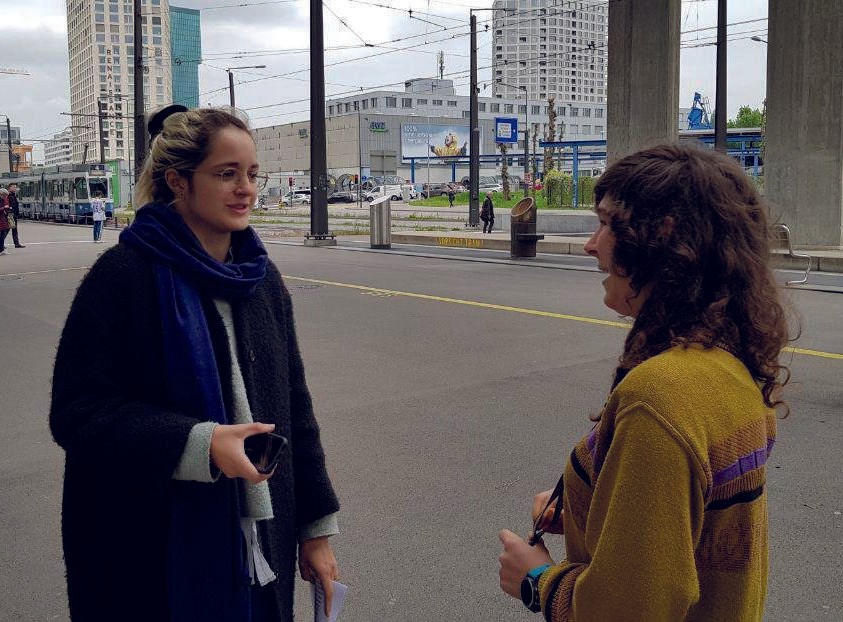
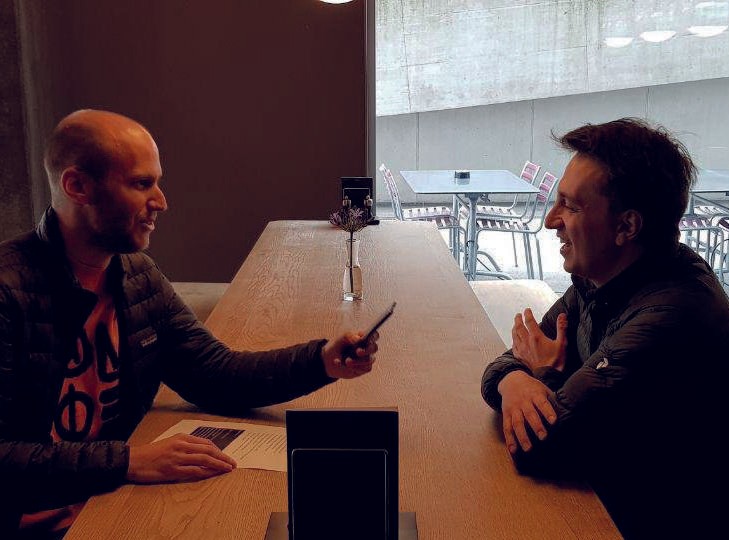
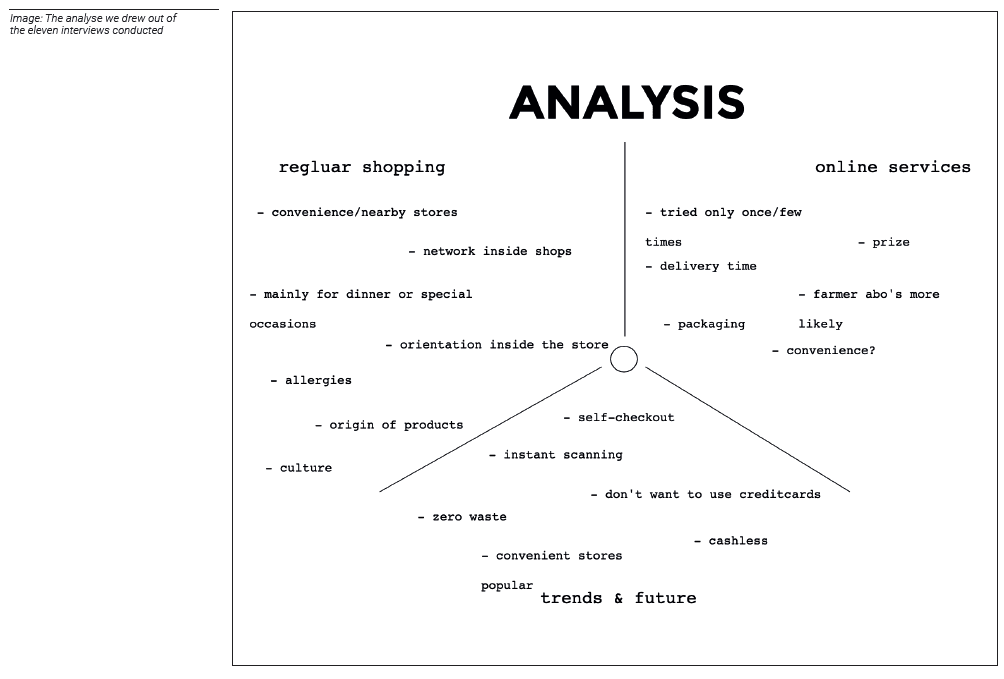
Experience Mapping
Method
Based on our analysis of the interviews we mapped out the user journey of a shopper doing his grocery shopping in an experience mapping workshop.
Findings
In service design it is crucial to know the full customer journey. The experience mapping method was very helpful for in achieving this. Our key pain points turned out to be in preparation for shopping, way to and back, in-store orientation, fincancial constraints and the checkout experience.
What if…
Method
We used the «What if...» method to come up with ideas distributed accross our experience map. We collaborated on a google document and wrote down our ideas while we discussed them. Later we made a selection of the most valuable ones.
Findings
It was not easy to keep ourselves from delving into details and start designing or conceptualising our ideas at this early stage. We had to constantly remind ourselves to maintain a high level perspective and think without constraints.
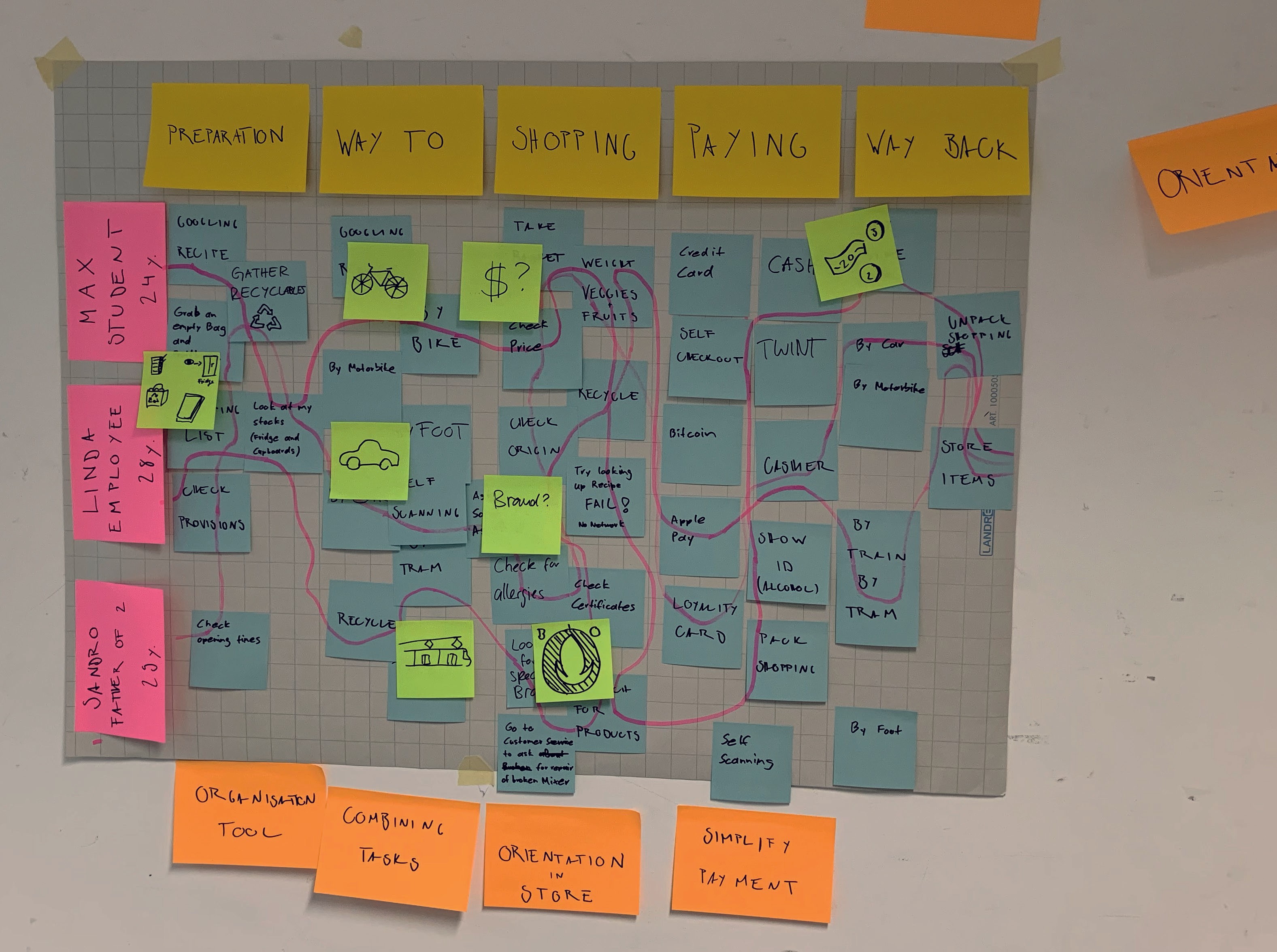

Service Safari
Method
During the whole course we kept going on service safari and exposed ourselves very conciously and attentively.
Findings
These experiences brought us a lot of inspiration. We collected lists of things that could be improved and sometimes used this method just to free our minds.
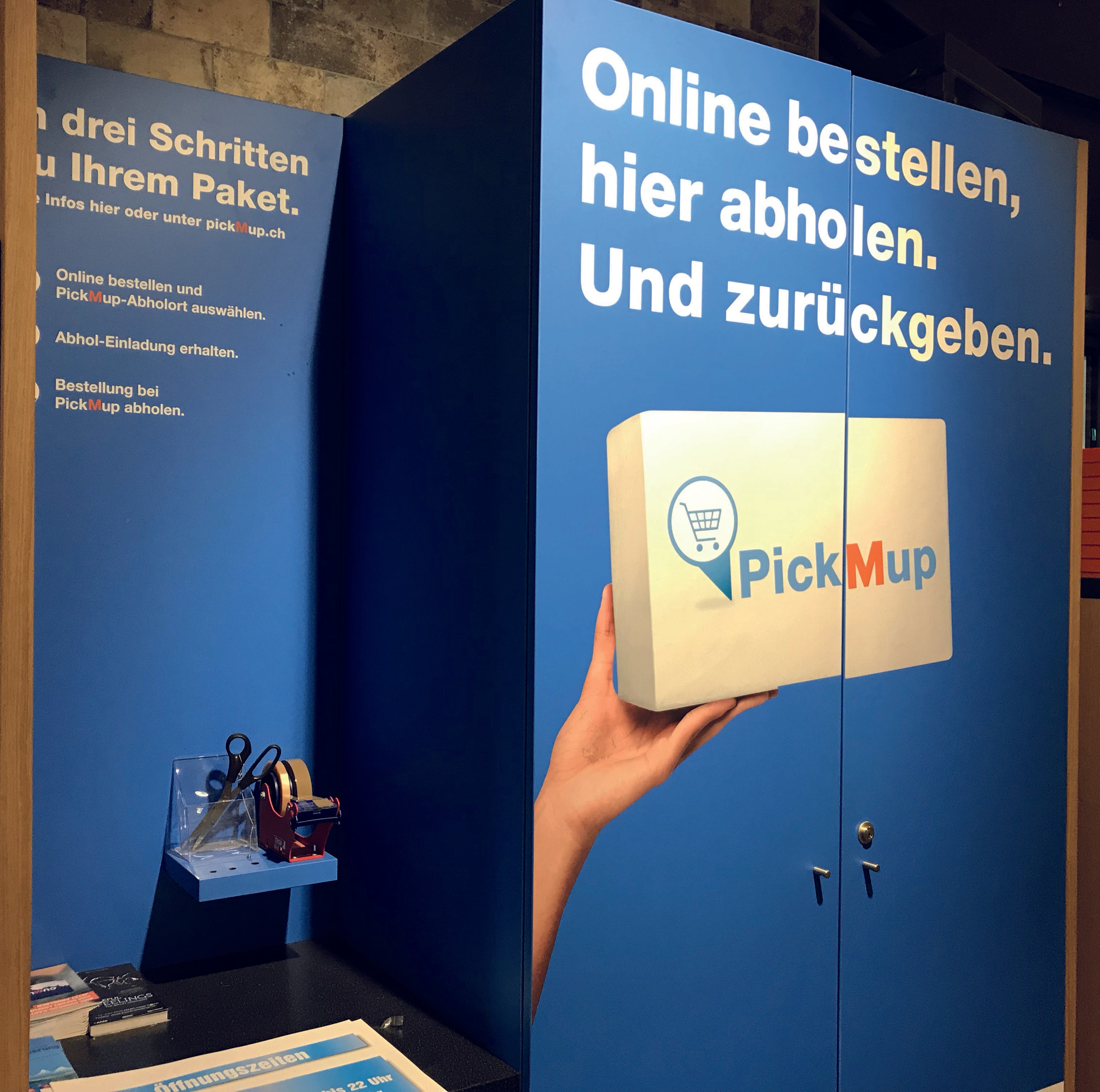
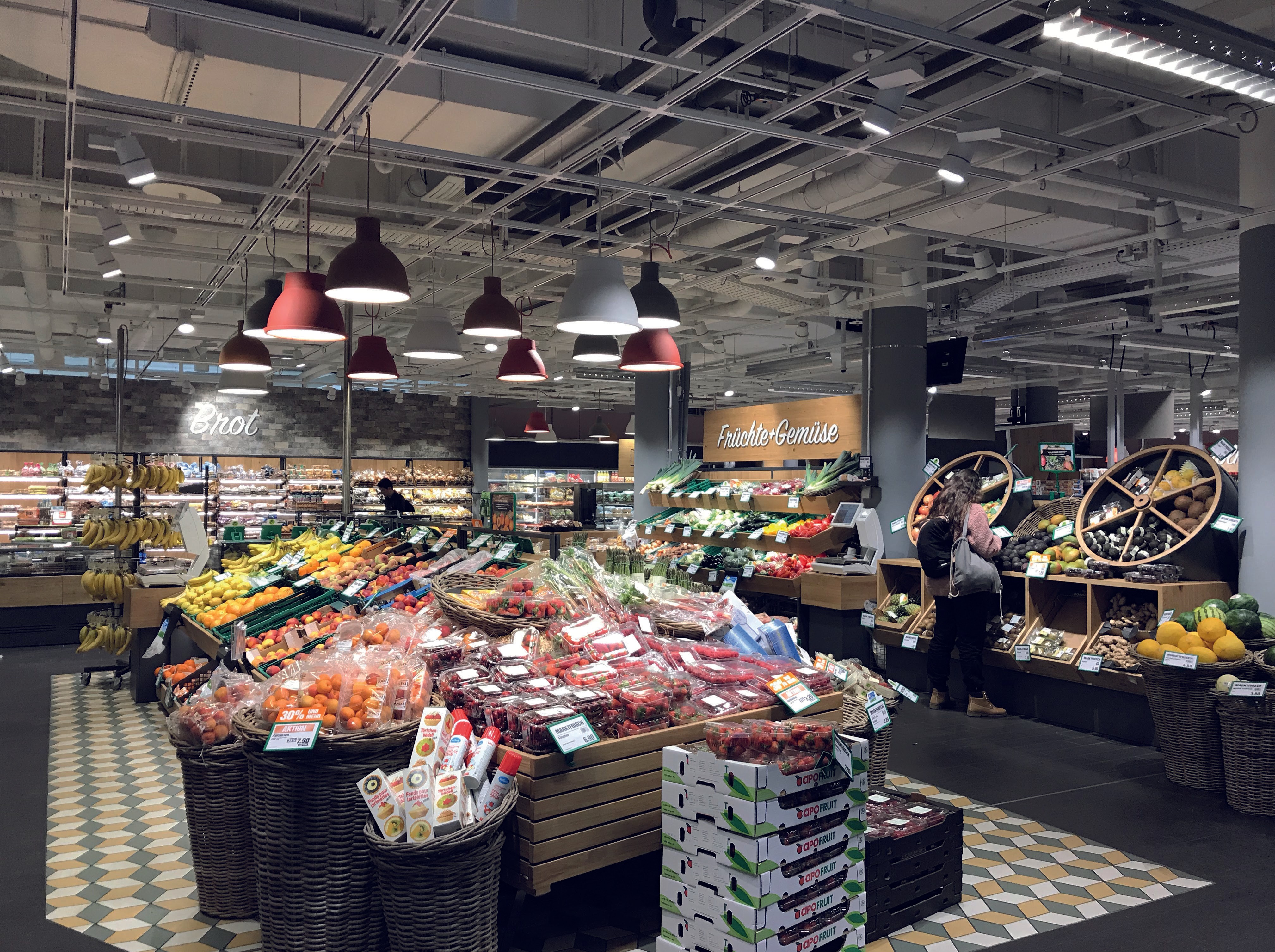
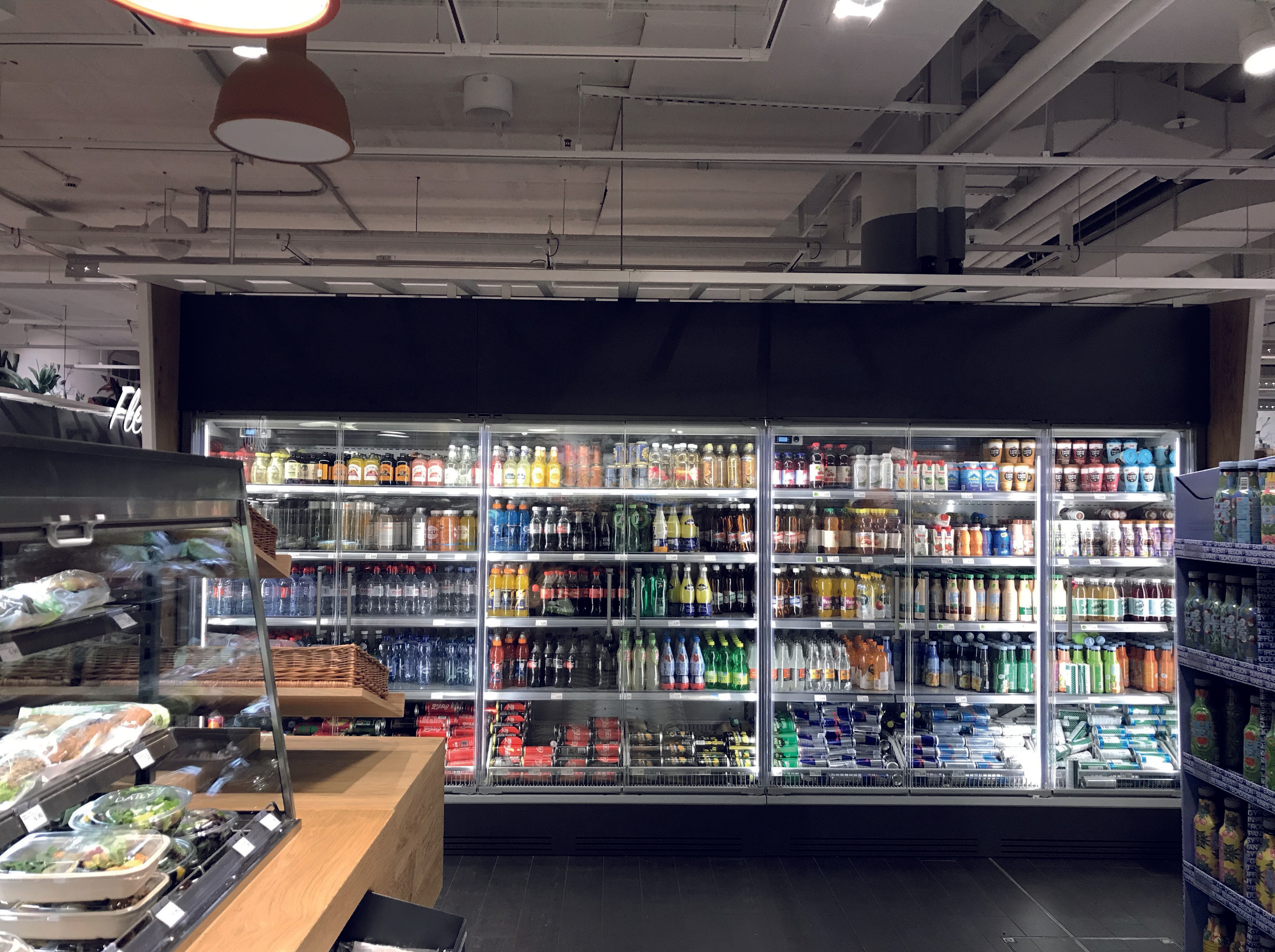
Service Ideation
Team Canvas
Method
Since we had some difficulties finding our roles within our teams as well as with communication, we decided to use the team canvas workshop to fix these.
Findings
Team Canvas is a great tool and helped us a lot to strengthen our team spirit and clarify a handful important questions and differences among us.
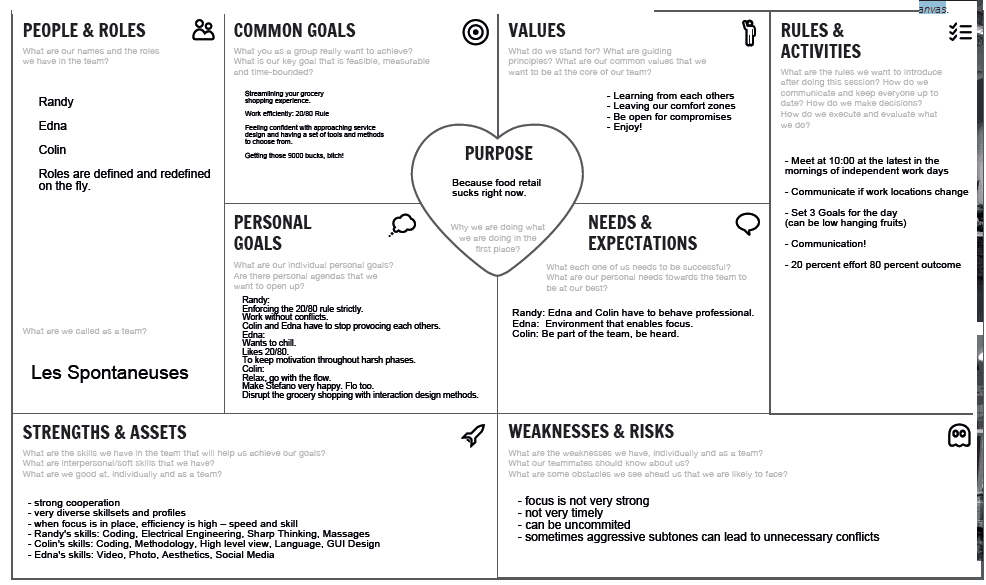
Service Performance Videos
Method
In order to visualise a selection of three ideas we had developed based on our findings, we decided to shoot quick videos on location in actual grocery stores. The services we prototyped where an app to show crowdedness of stores, a packing robot as well as a pick up locker to pick up your shopping at the exit.
Findings
We cristallised our goals into one sentence so we had a goal in mind. We decided to make it our goal to streamline grocery shopping experiences and combining it with efficency. Having this overall goal in mind helped us a great deal to work with foucs.
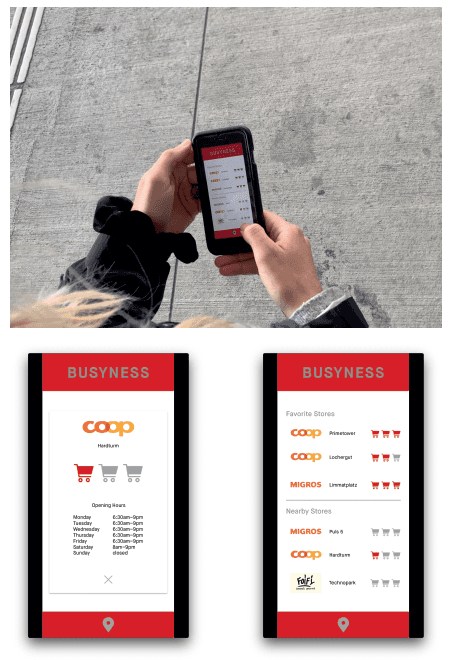
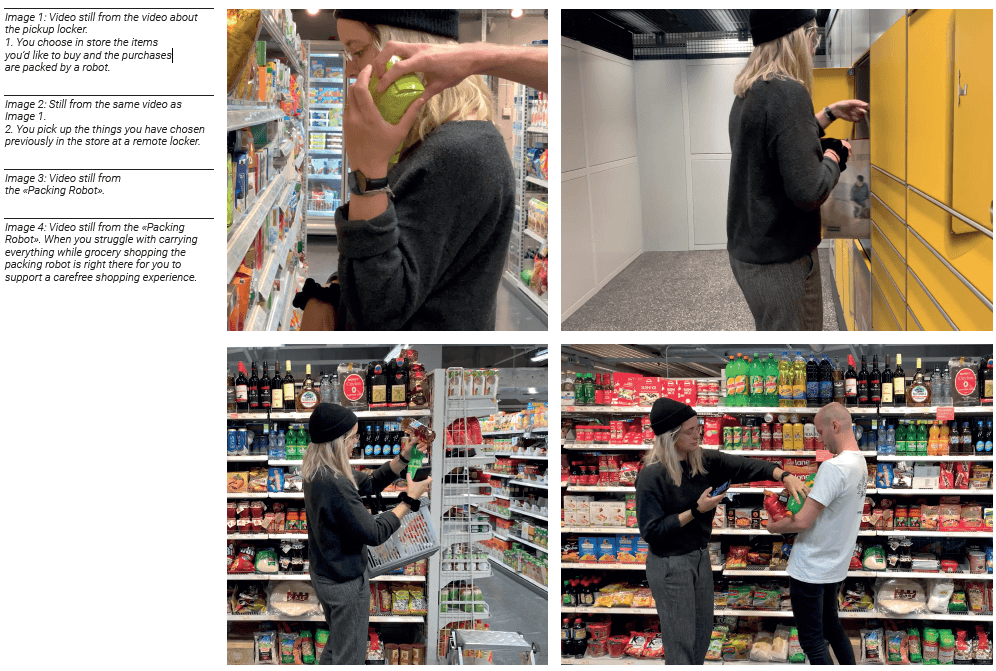
Service Prototyping
Story Mapping
Method
To condense our many ideas from the Experience Map as well as our small video prototypes, we mapped as many ideas as we could on a User Story Map.
Findings
Formulating ideas in User Stories is not as easy as it seems. There are some pitfalls. Especially the risk of getting technical or choose wording that suggests approaches for implementation was a thing we struggled with. We kept reminding ourselves
of it and got better with time. The method encouraged us to come up with fresh ideas and enabled us to have a high level view of all the concepts across the whole user journey.
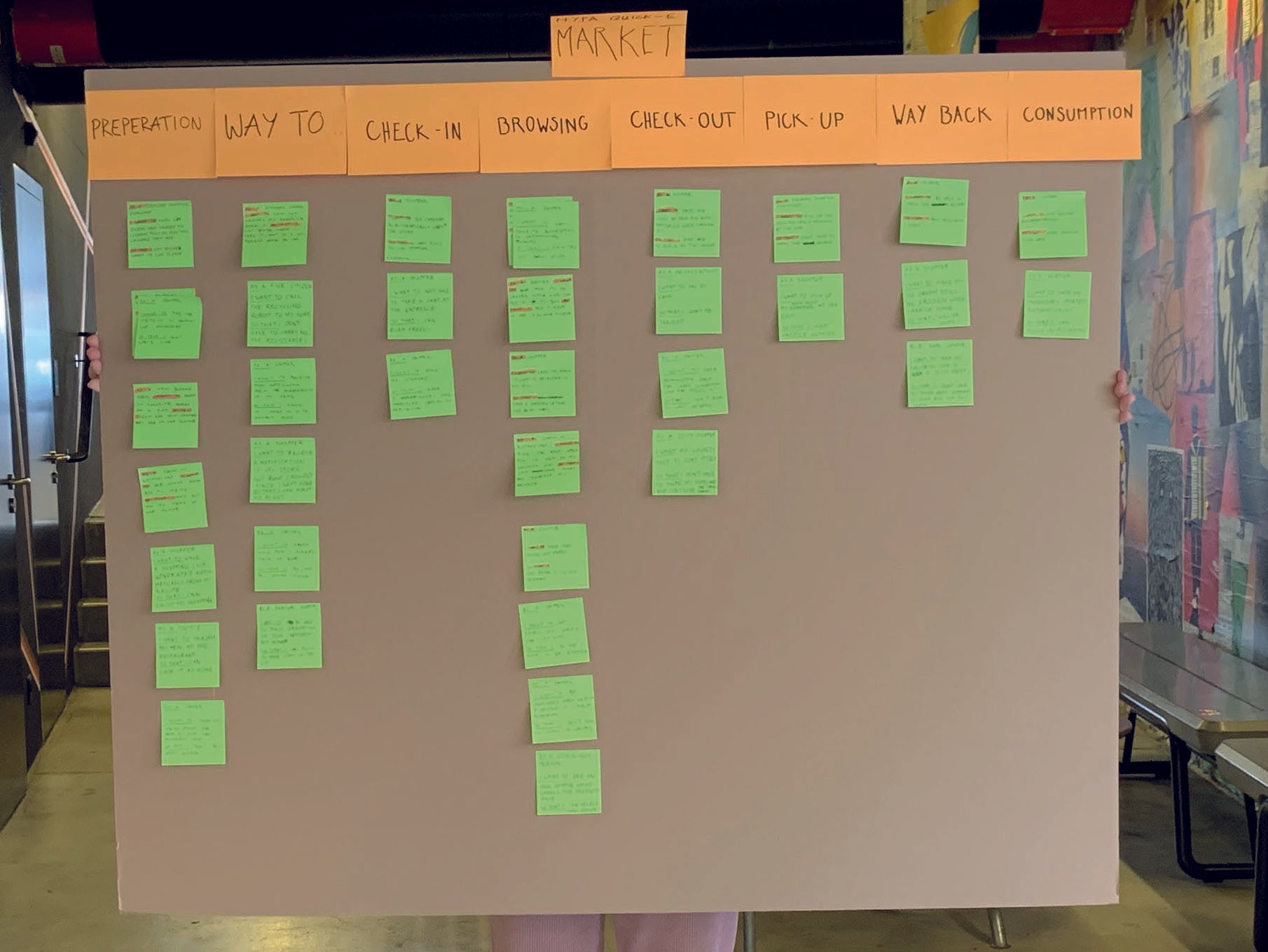
Shadowing
Method
Trying to find the right user stories to implement we where confronted with the question of which micro decisions during the actual browsing in the shop we‘d like to focus on. We decided to go out and shadow ourselves during a shopping trip. We recorded key moments using our smartphone cameras.
Findings
It was a good decision to clear our heads at this moment of the process. We needed to nail down our ideas and find inspiration for how to solve the posed user stories. We took away that supporting shoppers in their decision process and supplying them with recipes and inspiration to try new products.
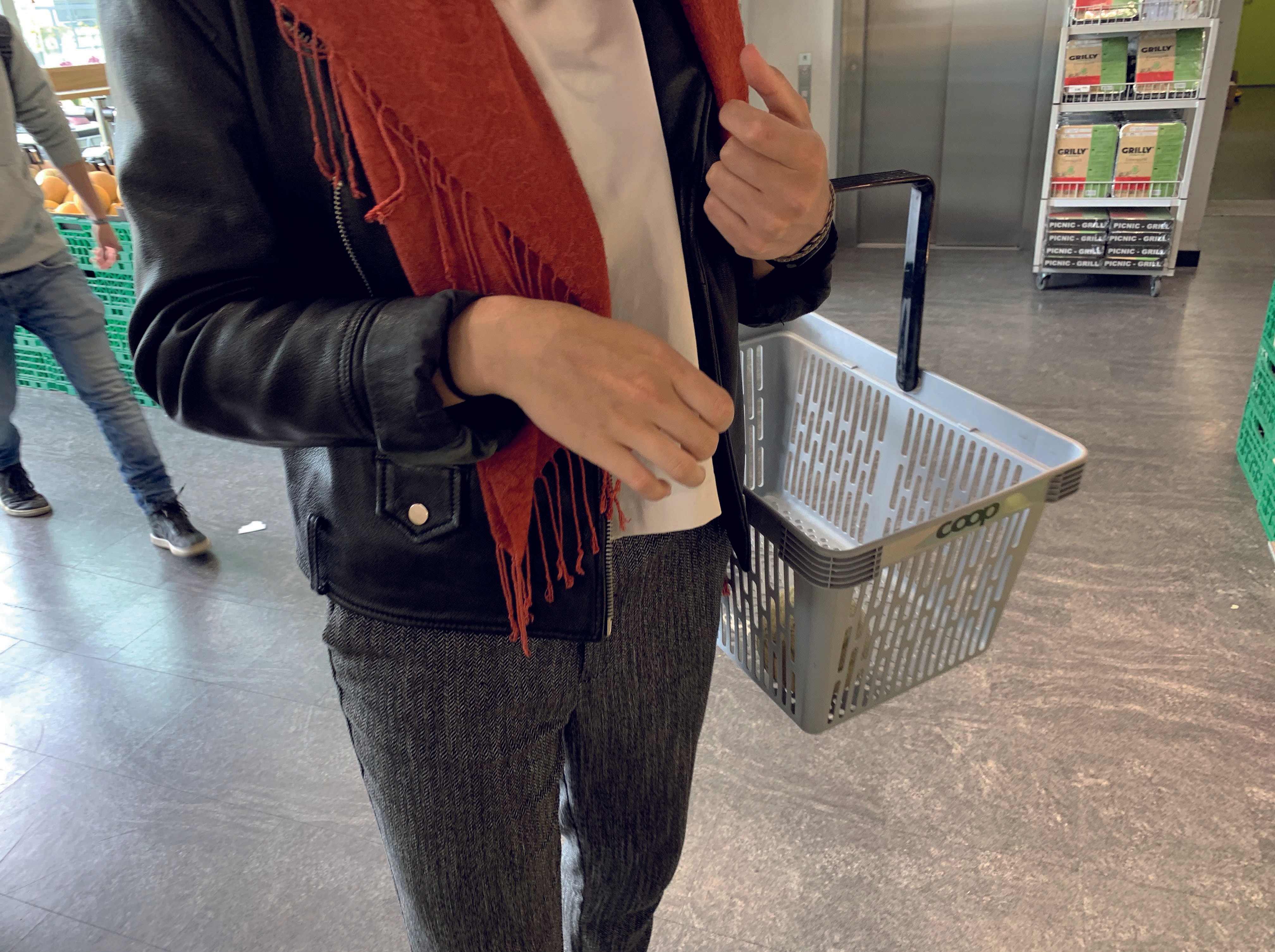
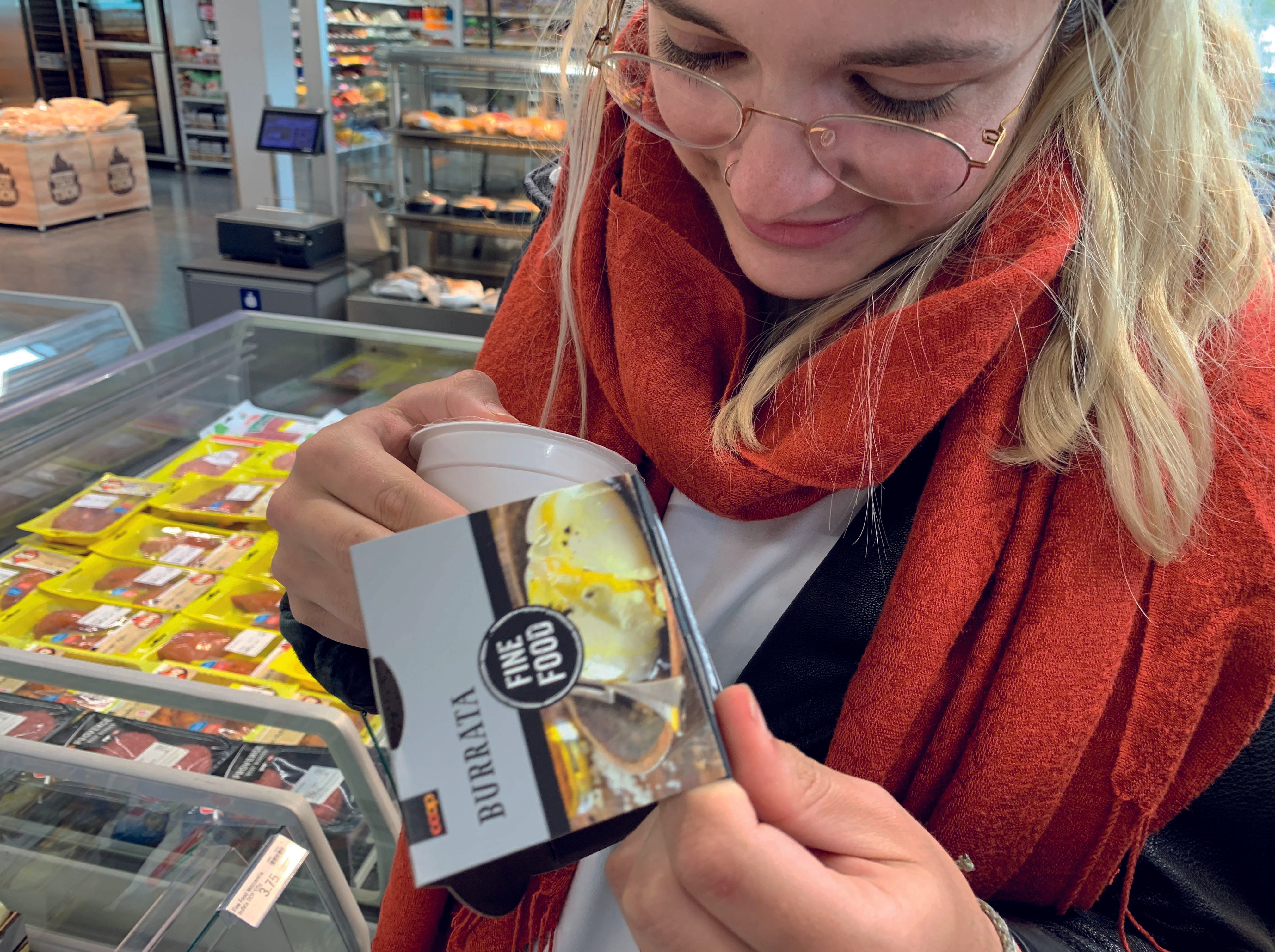
Prototype
Method
After defining our goal to be instant visual recipe suggestions, we built our first prototype. With the technological practicability in mind, we decided to use projection mapping as a simple solution with great effect. The idea was that for a few articles that are chosen there are 3 meals that you could choose from and all the information you needed to know. With filters on the bottom you could change the recipe to your needs.
Findings
The feedback was that our layout is a bit loaded and almost overwhelming. What we realized was that this has great potential for a more playful approach and to combine it with the same tangibility that the sensory experience while shopping is offering.
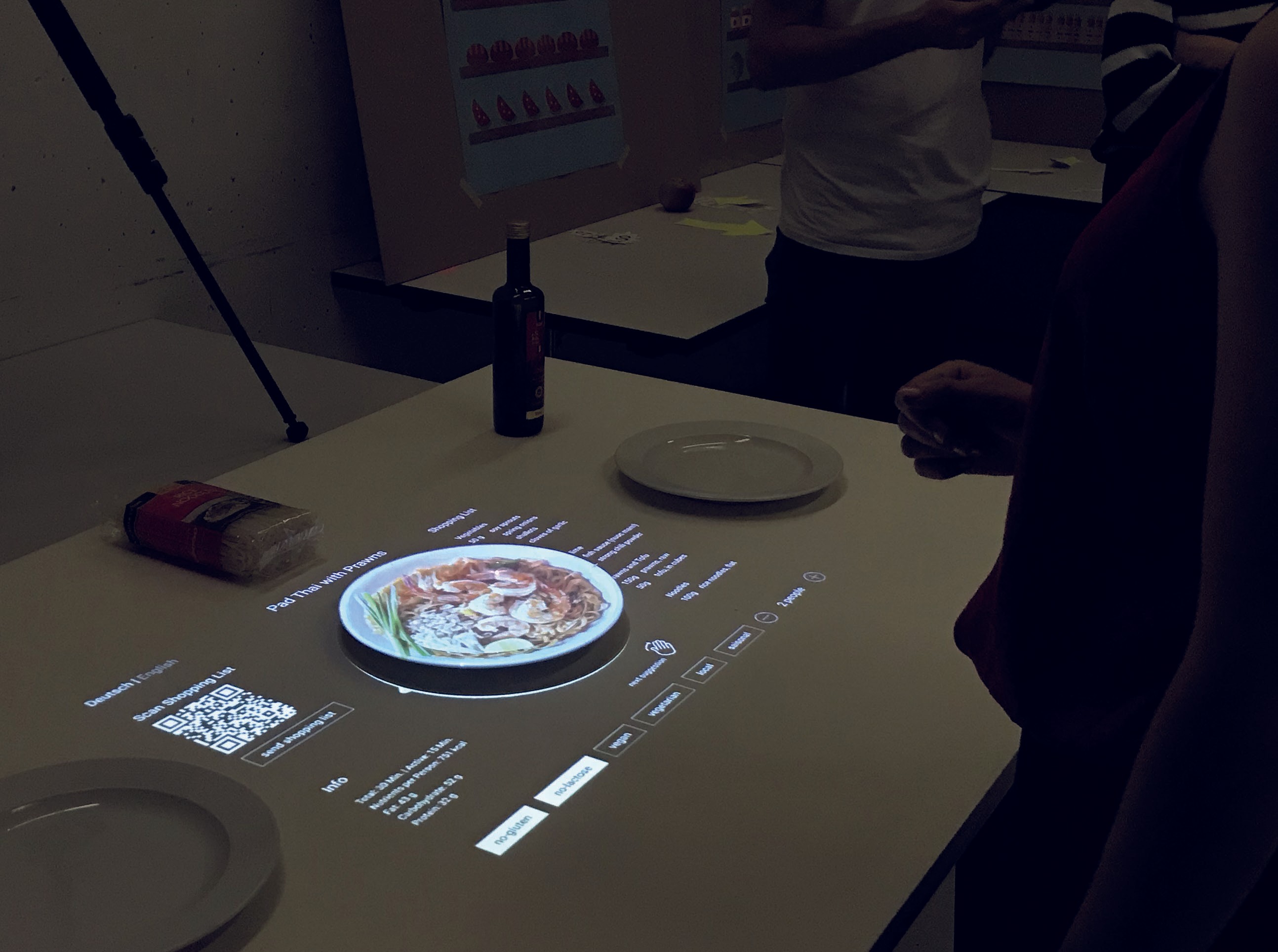

Service Enactment
Service Enactment Video
Method
In our video we wanted to start with the shopping experience we all value. All the senses we are using to try to get inspired. With fast cuts and macro shots we wanted to create an appealing video for our target group of 20 – 30 year olds. We intentionally didn‘t rely on animations because our message was more relatable through realistic moments. The final prototype of the table we changed to be more interactive as you can bring your own items and also combine many together and have full control over the recipe.
Findings
We‘re quite happy with the outcome and with the overall journey we had up until this point. We think a improvement would be the showcase of what happens after leaving our inspiration table and also other details but for the actual prototype we did, we think works well for near future but also is versatile enough for futuristic scenarios.